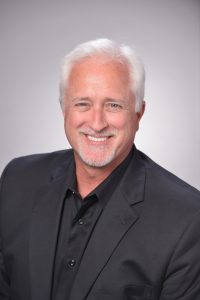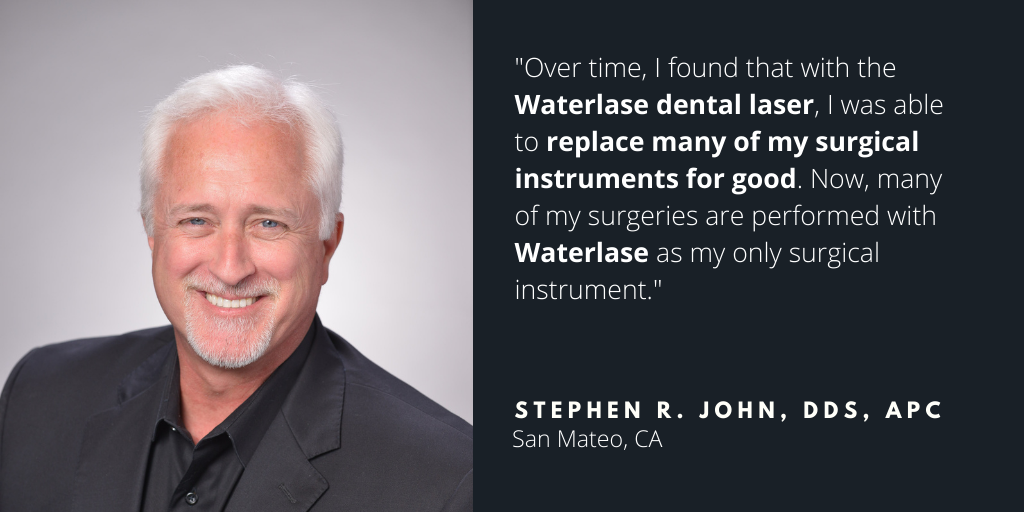
About Dr. Stephen R. John, DDS, APC
Dr. Stephen John is a practicing Periodontist with over 35 years’ experience in his office located in San Mateo. He completed a Post-doctorate Periodontal Program at The University of California at San Francisco in 1986. Dr. John is a member of the American Academy of Periodontology, California Society of Periodontists, American Academy of Implant Dentistry, Academy of Laser Dentistry and several other associations. Dr. John is a fellow of the Pierre Fauchard Academy, World Clinical Laser Institute and The Academy of Dentistry International. Dr. John implemented Laser Therapy in his office about ten years ago and appreciates the advantages of the use of Laser Therapy in the treatment and outcome of his patients.

